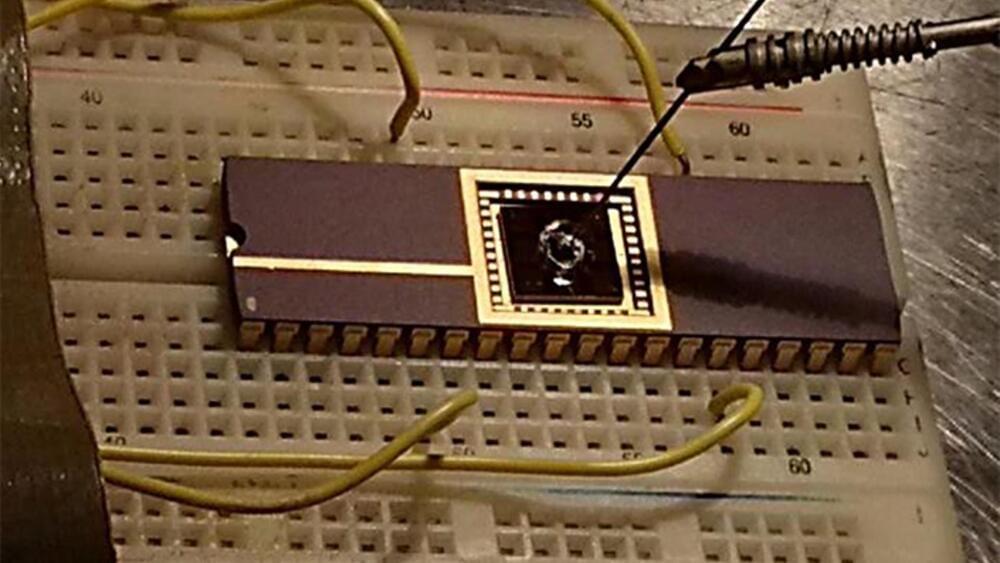A patent from Samsung also suggests the ring will contain a biometric sensor and two narrow screens on the ring’s outside edges to display notifications.
Discover how scientists are revolutionizing metal production by transforming aluminium waste into green steel, slashing CO2 emissions.
Chinese EV leader BYD is launching its new in-house smart driving tech next month. According to local reports, the advanced ADAS feature will roll out by the end of March.
A report from LatePost (via CnEVPost) Monday claimed the first BYD city pilot assist driving feature will be available on March 30. BYD’s Denza N7 SUV will be the first of the auto giant’s 20+ lineup to receive the upgrade.
Citing sources close to the matter, the report says major cities like Shenzen (BYD’s headquarters) will be the first to see the feature rollout.
An Australian cultured meat startup has “resurrected” the woolly mammoth — in the hope that people will think about eating it.
The challenge: Our traditional way of producing meat — by raising and slaughtering animals — is both bad for the environment and arguably unethical, yet demand for meat continues to increase.
Cultured meat, which is grown from muscle cells in a lab, can perfectly replicate the flavor of meat that comes from animals, so carnivores may prefer it to plant-based alternatives — once prices come down, at least. But some people may hesitate to even try cultured beef or pork when they could just keep eating the “real” stuff.
Tissue contamination distracts AI models from making accurate real-world diagnoses. Human pathologists are extensively trained to detect when tissue samples from one patient mistakenly end up on another patient’s microscope slides (a problem known as tissue contamination). But such contamination can easily confuse artificial intelligence (AI) models, which are often trained in pristine, simulated environments, reports a new Northwestern Medicine study.
“We train AIs to tell ‘A’ versus ‘B’ in a very clean, artificial environment, but, in real life, the AI will see a variety of materials that it hasn’t trained on. When it does, mistakes can happen,” said corresponding author Dr. Jeffery Goldstein, director of perinatal pathology and an assistant professor of perinatal pathology and autopsy at Northwestern University Feinberg School of Medicine.
“Our findings serve as a reminder that AI that works incredibly well in the lab may fall on its face in the real world. Patients should continue to expect that a human expert is the final decider on diagnoses made on biopsies and other tissue samples. Pathologists fear — and AI companies hope — that the computers are coming for our jobs. Not yet.”
The LISA mission will use precision lasers over millions of kilometers to unveil the echoes of black hole mergers.
Apple is reportedly looking to use graphene to reduce thermal issues on the iPhone 16 Pro series.
A new type of ultra-sensitive sensor has been made to detect incredibly low levels of lead ions in water. This advanced sensor may pave the way for developing next-generation water quality monitoring systems.
What distinguishes the sensor is its capacity to detect lead ions at concentrations as low as one femtomole per liter of water, demonstrating an incredibly high degree of sensitivity.
According to the University of California, San Diego experts, this range is “one million times” more sensitive than any known sensing technologies for water contamination monitoring.
Ford thinks cheaper vehicles are crucial for competing with upcoming vehicles from Tesla and Chinese EV companies.
Imagine you work for a car rental agency or a package delivery company and you’re in charge of a fleet of vehicles. If you’re switching to EV vehicles, it becomes more complex to manage your vehicles due to long charging time and limited charging point availabilities.
Guided Energy, a French startup that raised $5.2 million from Sequoia Capital and Dynamo Ventures at the end of 2023, is building a software tool that help EV fleet operators when it comes to charge management and dispatch. The company aggregates data from vehicles, public and private charging points and uses machine learning to tell you when and where you’re supposed to charge your vehicles.
“The beauty of the EV ecosystem is that it is all online. This means, we connect to both EVs and charging points directly. Where customers already have telematics or supervision platforms in place, we can integrate with them using APIs into our platform, giving them a single, real-time, unified view of their EV operations,” co-founder and CEO Anant Kapoor told me.









